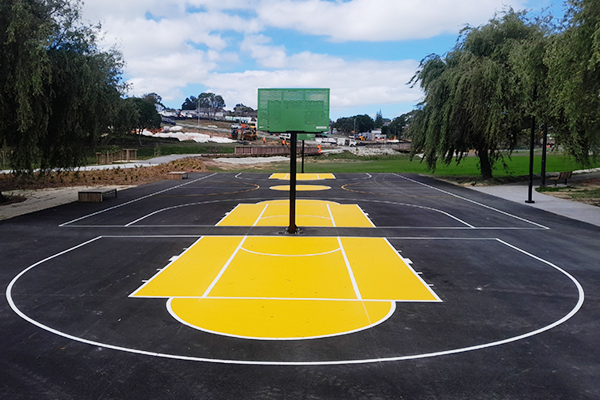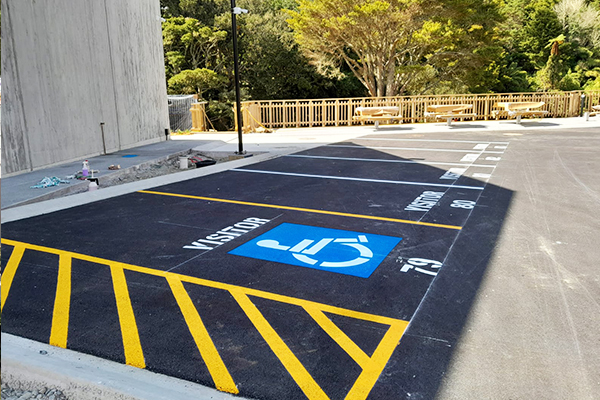Road markings are a ubiquitous feature of modern transportation infrastructure, guiding vehicles, regulating traffic flow, and enhancing road safety. However, the history of road markings is a fascinating journey that spans centuries, evolving alongside advancements in transportation and societal needs. Let’s take a journey through time to explore the evolution of road markings.
Ancient Beginnings:
The concept of marking roads for guidance dates back to ancient civilizations. In ancient Rome, stones were placed along roads to indicate direction and distance. These markers, known as “milliaries,” served as early predecessors to modern road signs. Similarly, ancient Egyptian and Babylonian civilizations utilized various markers to delineate routes and warn travelers of hazards.
The Advent of Paint:
The modern era of road markings began in the early 20th century with the introduction of paint-based markings. In 1911, the first documented use of painted road lines occurred in Michigan, USA. These lines were white and were used primarily to delineate the center of roads, improving visibility and reducing accidents.
Standardization and Expansion:
As automobiles became more prevalent, the need for standardized road markings became apparent. In 1935, the Manual on Uniform Traffic Control Devices (MUTCD) was established in the United States to provide guidelines for road signage and markings. This laid the foundation for standardized road markings globally.
Evolution of Markings:
Over the years, road markings have evolved to include a variety of symbols, colors, and materials. Yellow lines were introduced in the 1950s to indicate the separation of traffic flow, while crosswalks, stop lines, and pedestrian crossings became common features in urban areas. Reflective paints and thermoplastic materials were later introduced to improve visibility, especially during nighttime driving.
Innovations in Safety:
Advancements in technology have further revolutionized road markings and safety. Thermoplastic materials infused with glass beads enhance reflectivity, while raised pavement markers provide tactile feedback to drivers. Dynamic road markings, such as LED lane markers and solar-powered signs, are being deployed to adapt to changing traffic conditions and improve driver awareness.
Challenges and Future Trends:
Despite their benefits, road markings face challenges such as wear and tear, weather damage, and fading. Research into durable materials and innovative application methods continues to address these issues. Additionally, the rise of autonomous vehicles presents new challenges and opportunities for road markings, as they must be detectable and understandable by both humans and AI systems.
Conclusion:
From humble beginnings as stone markers to sophisticated systems of painted lines and symbols, road markings have played a crucial role in shaping modern transportation. As technology advances and societal needs evolve, road markings will continue to adapt, ensuring safer and more efficient journeys for generations to come.
Andrew Stiling
Business Development Manager
Ross Roadmarkers






